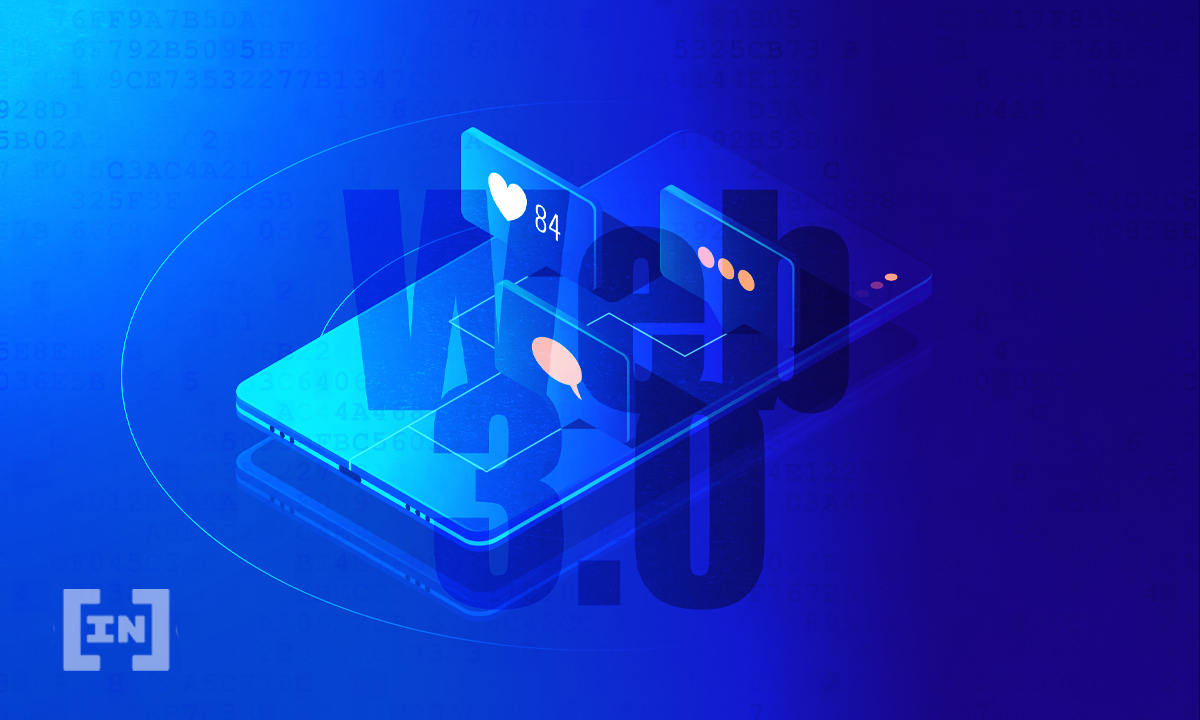Decentralized Metaverses: Is That What Web 3.0 Really Is?
4 min readTable of Contents
Web 1.0 came and went, followed by Web 2.0. Now, Web 3.0 is beckoning on the horizon.
The rapid development of the internet and the popularization of accessible mobile devices were the engines of the transition from Web 1.0 to Web 2.0.
However, blockchain technologies are now ramming their way into the online environment. This is ushering in Web 3.0, and offering users entirely new verses – metaverses.
The trends are making it clear the metaverses that are the future of the digital world. They embody online social life as commonly shared virtual spaces based on the digital reproduction of our physical universe.
Any number of possibilities flesh them out, from playing out fantasies, real-life scenarios, and roles from denizen to demigod.
Metaverses give a sense of presence in real-time by mimicking the mechanisms of social interaction. These are between their denizens through conversations, walks with friends, virtual festivals, fashion shows, exhibitions, and much more.
This unique environment existing in parallel with the real world cannot but foster the development of a new economy. This NFT economy is briskly striking roots and integrating with its traditional counterpart.
In another verse
Metaverses are the next stage of the evolution of the internet. Web 1.0 was simple and boring, fulfilling but a commercial function by showcasing contact details to other featureless contacts.
The usefulness of outdated Web 1.0 sites was only slightly enhanced by adding forums, comment sections, and basic chats to offer rudimentary means of interaction.
Then Web 2.0 breathed new life into the internet. All the popular websites and social networks we know today emerged and flourished.
However, what we now cherish as a comfortable and rather cramped online environment falls short of even brushing the surface of the possibilities that Web 3.0 has to offer.
Social networks in Web 3.0 will not be endless feeds of memes and posts but rather sprawling metaverses.
A relatively new term stemming from the world of cryptocurrencies – metaverses have existed for a while. They are best exemplified by the likes of Minecraft and Second Life.
However, the latter two are manifestations of Web 2.0. Meanwhile, Web 3.0 will unleash the true potential of metaverses thanks to the development of blockchain technologies and their add-ons.
Moving off-center
Blockchain technologies bring real value and proven ownership to these brave new online worlds. There are existing options for the practical application of metaverses built using blockchain technologies that gained sufficient popularity.
More than that, they are attracting real monetary flows. In April of 2021, a plot of land on the Decentraland platform sold for $572,000. Another sold for $283,567 earlier in March.
In the same month, a digital property worth $500,000 was purchased in another metaverse – the Somnium Space (CUBEs) platform.
Seeing such figures, one might ask how long such a trend of wild spending on non-existent assets will last.
The answer lies in the continued and vigorous development of more metaverses. These will test the concept of migrating living, breathing communities into decentralized environments.
They will forge and perfect the integration, interactions, and convenience of adapting to the online world with its offline reflection.
Testing The Hypothesis
Recently, a slew of industry leaders such as Animoca Brands, known for its games CryptoKitties, The Sandbox, F1 Delta Time, and others, supported a new project called Bit.Country.
The project claims to test such integration in practice. It did so by transferring 152 internet users with different technical skills to a decentralized 3D metaverse.
The experiment aims to see how the interaction between hundreds of people occurs in such a model.
To accelerate user engagement in the metaverse, the project developers introduced social activities. These included virtual walks, chats, events, video meetings, and much more.
The experiment revealed that receiving ownership through contribution among a community made up of people with varying tech-savviness and blockchain understanding is a viable pathway for onboarding classic internet users into a decentralized environment.
They suggested that the first generations of decentralized metaverses are likely to be dedicated largely to gaming experiences.
Outlook on metaverses
People need, crave, desire, and hunger for new experiences. It is pointless to deny that irritation is starting to set in among social network users, who are witnessing the continuous contraction of online freedom of speech, turning them into refugees from Facebook, Twitter, and their ilk.
Metaverses are turning into the embracing havens for such disenchanted users. It is indicative when so many companies are engaging in creating blockchain-based metaverses, for they go where the money is.
Blockchain technologies can indeed play a significant role in the transition to Web 3.0 in the near future and act as the starting point of its ascent. Perhaps, the metaverses under development today will become the social networks of tomorrow.
The post Decentralized Metaverses: Is That What Web 3.0 Really Is? appeared first on BeInCrypto.







